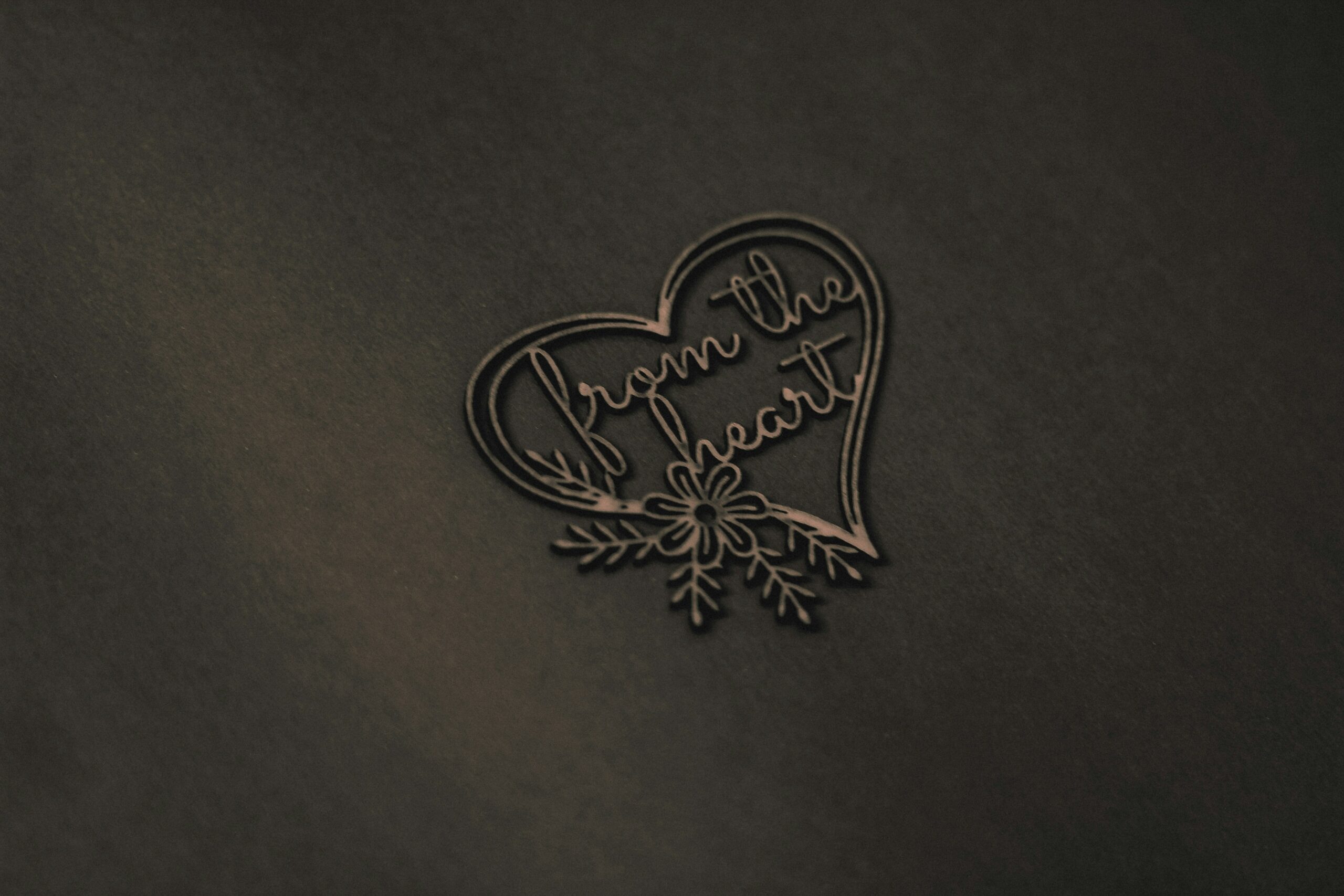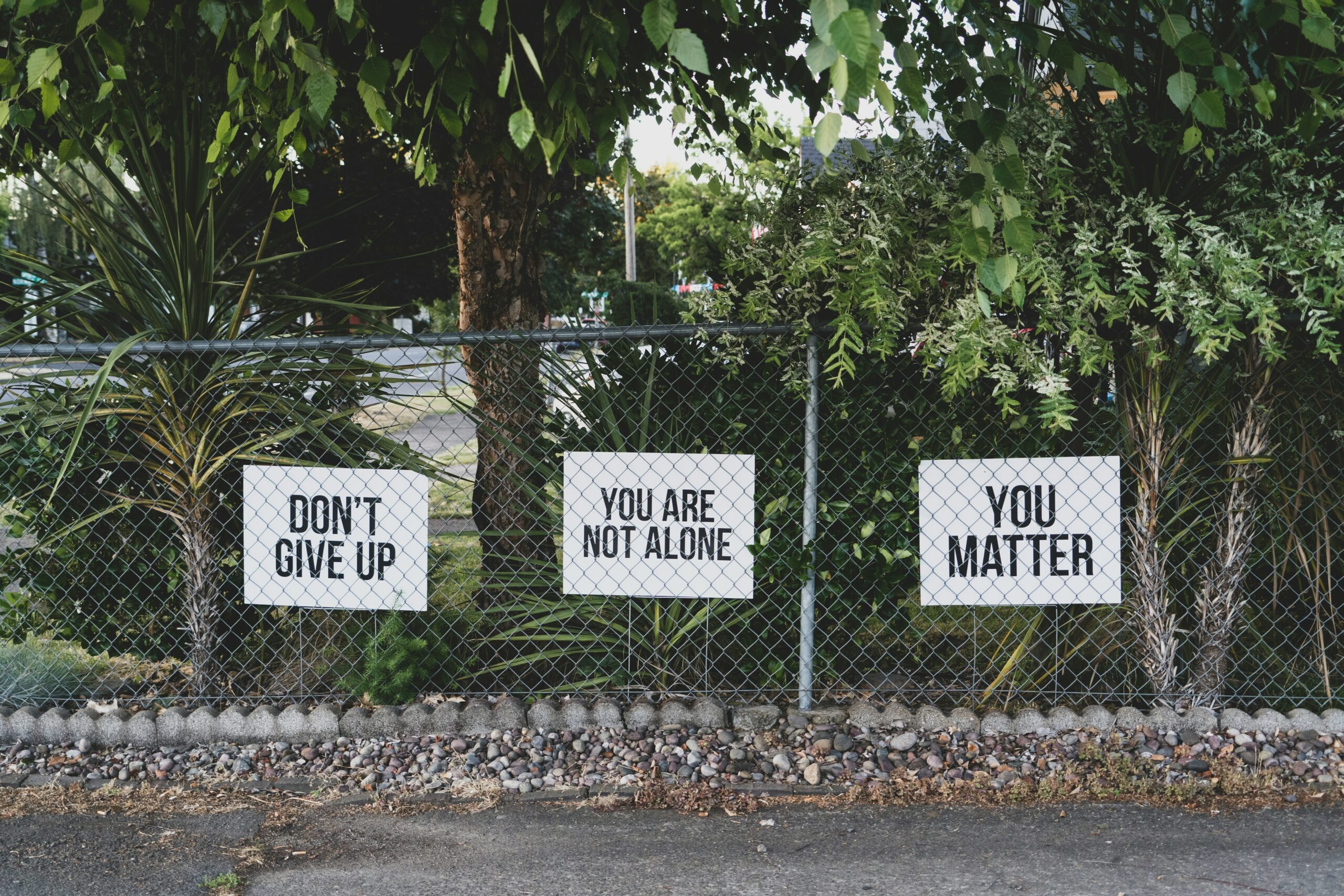Michelangelo di Lodovico Buonarroti Simoni, known simply as Michelangelo, was an Italian sculptor, painter, architect and poet of the High Renaissance. He is famed for sculpting the great Biblical figure of David and painting the ceiling of the Sistine chapel in the Vatican. These works of art are considered priceless, the epitome artistic skill and refinement, they appear perfect in their form and completion.
In contrast, towards the end of his life Michelangelo made four famed sculptures named by scholars: “The Awakening Slave”, “The Young Slave”, “The Bearded Slave” and “The Atlas (or Bound)” that were left intentionally unfinished by the great Renaissance master. These sculptures represent to me a contradiction in the perception of the artist’s habitual working practice verses the reality of it. In a quote attributed to Michelangelo he said of his own work:
The‘Atlas” Slave by Michelangelo

“The sculpture is already complete within the marble block, before I start my work. It is already there, I just have to chisel away the superfluous material.”
As skilful as this may seem Michelangelo’s slaves demonstrate that this is not the case. Just as the figures appear to struggle out of the stone the artistic struggle is evident in the minute and laborious chisel marks that adorn the surfaces of these sculptures. In a later quote and in a rare moment of humility, the artist said:
“If you knew how much work went into it, you wouldn’t call it genius.”
There is significance in the strain and endeavour of the artistic process and the portrayed effort of the ‘slaves‘ to free themselves from the marble. If one were to use the stone as a metaphor for sin, the weightiness of the world or the struggle against flesh, the figures freeing themselves from a material that holds them captive. I am reminded of the scripture Hebrews 12:1:
“Therefore, since we are surrounded by so great a cloud of witnesses, let us also lay aside every weight, and sin which clings so closely, and let us run with endurance the race that is set before us”
This particular scripture was the inspiration conceptually for sculptures that I am currently making in the NCCB art studio. I’m creating figurative pieces made of a cement called sculptcrete. This medium was developed for artists, once mixed with water it congeals to the same consistency as clay. This material allows me to sculpt with cement in the same manner as if it were clay.
A sketch for one of the sculptures I am making.

Now this process of making a sculpture is the opposite to the one which Michelangelo used. He employed a reductive process, starting from a block of marble and methodically chiselling and sanding the stone to form. My process is additive, I first begin with a skeletal armature, a welded steel structure, that acts as scaffold for the clay– and I slowly add clay to produce my sculpture. I am creating 3 figures emerging from a wall, freeing themselves from it. Like Michelangelo’s slaves the figures are engaged in a physical act, an intense struggle to remove themselves from the confines of a containing structure.
While embarking to create these works I can definitely attest to the struggle of creating, to strive, to render, to form these figures. They simply do not emerge from the material. I can also identify with Michelangelo’s choice to leave the figures unfinished, there is an exciting in–between stage where the sculpture begins to take form, or life, where raw material becomes worked into legible form. This stage of making appeals to artists as it positions an artwork in its greatest creative potential. The incomplete work carries the interpretive quality of an artwork and the honesty of unformed raw material.
There is a synergy between artist and artwork. Within the artistic process and the artwork itself they carry the same purpose and meaning and are working in the same direction. Likewise, to create a metaphor, there is a synergy between the believer and God in our journey with him. He expects us to resist what is evil and embrace His goodness and to do our absolute best to be sculpted and to form ourselves through His grace working in us.
By Nathan Janse van Vuuren


